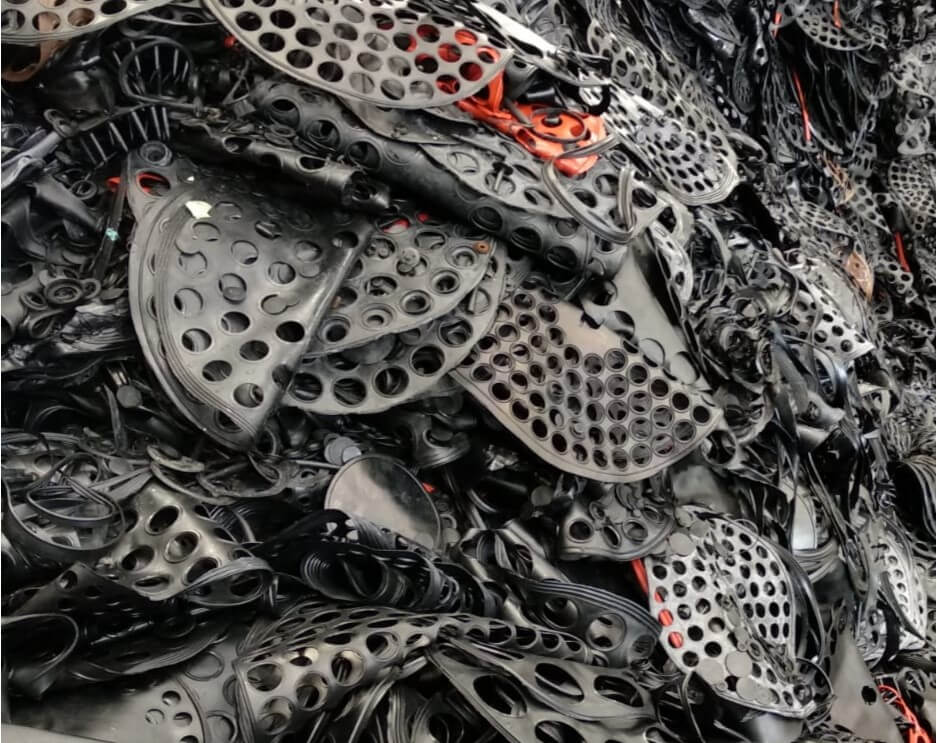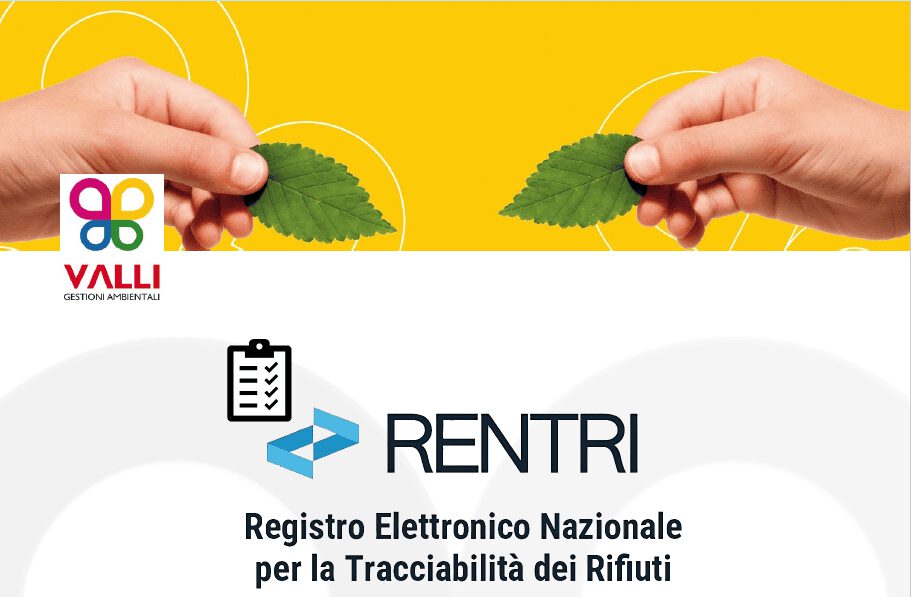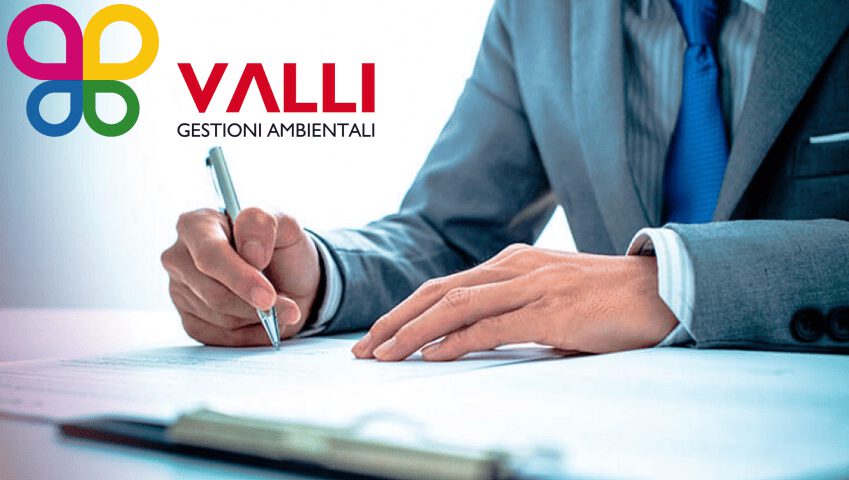Have you heard of vulcanized rubber before and want to know more? You are in the right place because, through this article, we want to deepen the topic and provide you with some more information on one of the services offered by Valli Gestioni Ambientali.
In detail, we mainly deal with the collection of decaying waste from the production of non-halogenated vulcanized rubber gaskets (mechanical gaskets commonly called O’rings), for which we carry out a shredding process.
When we talk about non-halogenated rubber, we mean a type of rubber compound that does not contain chlorine (therefore non-chlorinated rubber), fluorine, bromine, iodine and astatine. In addition, it is important that there are no parts of other waste, parts of unvulcanized rubber and, above all, pieces of metal, which would compromise shredding.
What is meant by tire vulcanization?
When we talk about rubber vulcanization, we are talking about a “thermosetting” process obtained through a chemical-physical intervention that implements the mechanical characteristics of natural rubber.
But what benefits does rubber derive through this process? Many, because once vulcanized, it becomes more elastic, resistant to abrasion, impermeable to gases, chemical actions, electricity and heat. This process, in fact, prevents the rubber from deforming if the temperature rises.
A bit of history … How did the tire vulcanization process come about?
The rubber vulcanization process was invented many years ago, exactly in 1855 by Charles Goodyear and the discovery was so important and revolutionary that it made the American inventor known all over the world, so much so that the Goodyear company (tire manufacturer) chose this name in his honor.
But what exactly does Goodyear’s patented tire vulcanization process consist of? The answer lies in the addition of a mixture of sulfur and other additives to the rubber; it is precisely this mixture, in fact, that makes chemical changes to the raw material, making it more elastic.
The process is mainly used for the production of tires but also tools and toys for children.
Process and transformative impact of Vulcanization on Rubber
Vulcanization is a crucial process in the rubber industry that has revolutionized the quality and durability of rubber products. But how, exactly, does it change the intrinsic properties of rubber?
When rubber undergoes the vulcanization process, it becomes significantly more elastic and resistant, especially to tensile forces. These optimized properties make it ideal for incorporation into various manufacturing processes, leading to the creation of high-quality consumer goods.
One of the main advantages of vulcanized rubber is its enhanced resistance to abrasion. Take, for example, car tyres: they are subjected to continuous wear and tear due to their constant rolling on the asphalt. Thanks to vulcanization, these tires can maintain their optimal performance for longer periods of time without suffering significant damage. Their longevity is further accentuated by the ability of vulcanized rubber to effectively resist atmospheric agents, far exceeding the characteristics of natural rubber.
In summary, vulcanization not only improves the strength and durability of rubber but also ensures that the products manufactured from it, such as tires, are of a higher standard and more efficient. This, in turn, leads to end products that offer greater safety and better value for money for consumers.
What are the advantages of tire vulcanization?
The main advantages of vulcanized rubber compared to natural rubber are greater resistance to atmospheric agents and less degradation of the rubber as a result of wear. This is certainly a fundamental aspect when we talk about car tyres, which are important that they always guarantee maximum efficiency and reliability.
Obviously, at the end of the vulcanization process, the rubber is subjected to rigorous control tests to verify that its elastic properties are intact and that, therefore, it is suitable for being launched on the market. All this to guarantee the end user who will be faced with products of the highest quality.
Tyre vulcanisation: The service of Valli Gestioni Ambientali.
Valli Gestioni Ambientali is specialized in the collection and treatment of vulcanized rubber scraps (selected processing waste). The scraps, in fact, appropriately selected and reduced to the size required by the destination plants, are mainly used for energy recovery, also through the production of Secondary Solid Fuel (SSF), replacing other traditional fuels.
Our company deals, in particular, with the process of collecting and shredding non-halogenated vulcanized rubber waste.
European Waste Hierarchy (DIR. 2008/98/EC) and Legislative Decree 152/2006
In line with the provisions of Directive 2008/98/EC, Article 179 of Legislative Decree 152/2006 (if you want to learn more, read the pdf of the legislation in the link) introduces the hierarchy that sets out the priority criteria in waste management:
- prevention
- Preparing for reuse
- recycling
- other types of recovery e.g. energy recovery
- disposal.
The waste hierarchy establishes, in general, an order of priority of what constitutes the best environmental option, preferring those actions that minimize the amount of material destined for disposal.
If you need to request a recovery of waste consisting of non-halogenated vulcanized rubber, contact us for more information.




